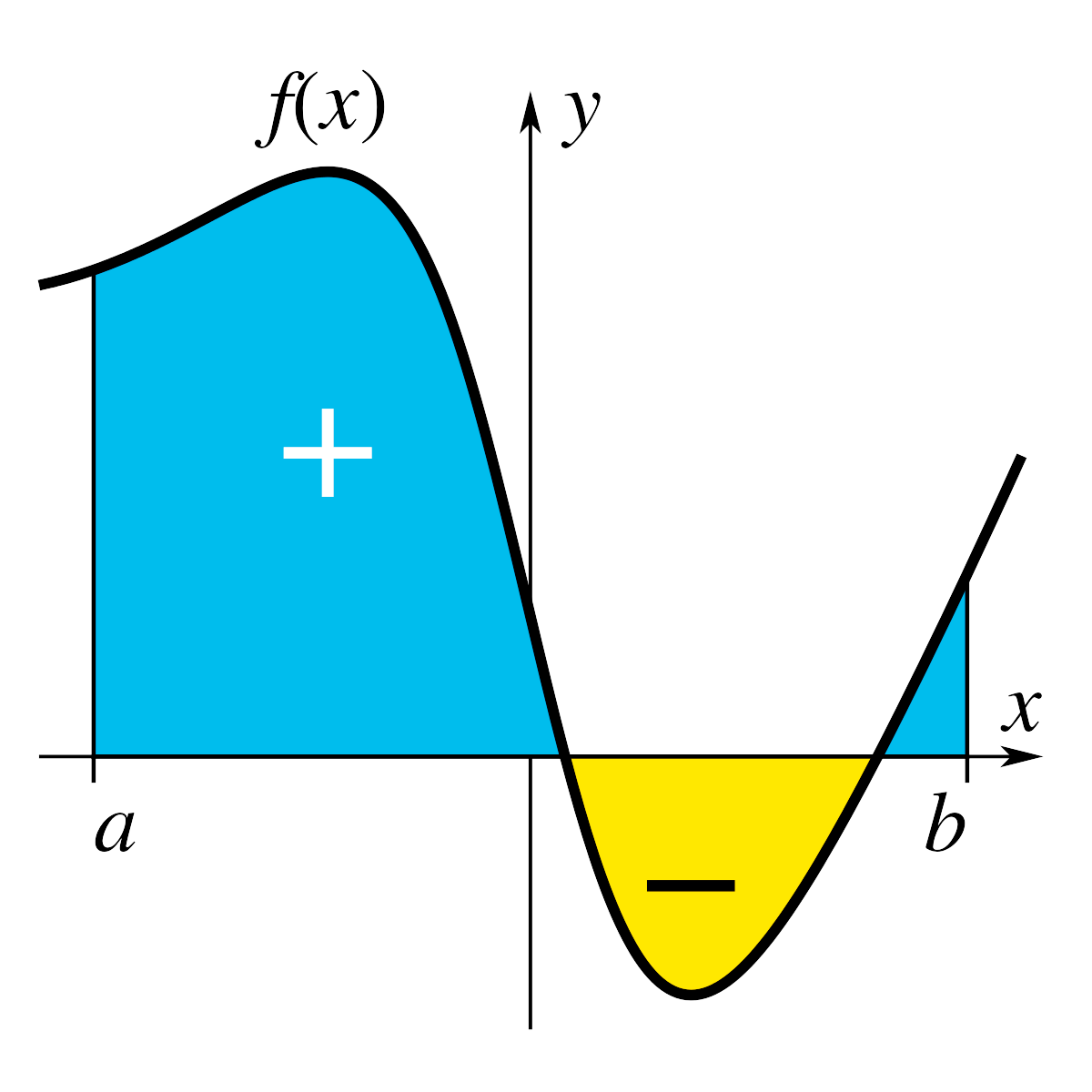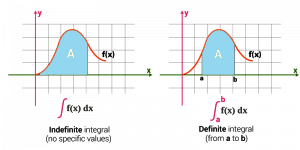Adblocker Detected

We always struggled to serve you with the best online calculations, thus, there's a humble request to either disable the AD blocker or go with premium plans to use the AD-Free version for calculators.
Disable your Adblocker and refresh your web page 😊
An online integral calculator helps you to evaluate the integrals of the functions with respect to the variable involved and shows you the complete step-by-step calculations. When it comes to indefinite integral calculations, this antiderivative calculator allows you to solve indefinite integrals in no time. Now, you can be able to determine the integral values of the following two integrals by using an online integration calculator:
Integral calculation is quite difficult to solve by hand, as it includes different complex integration formulas. So, consider an online integral solver that solves simple & complex integrals functions and shows you the step-by-step calculations.
So, it’s the right time to understand integration formulas, how to integrate the function step-by-step and with an integration calculator, and much more. First, let us start with some basics:
Read on!
In mathematics, an integral of the functions describes the area, displacement, volume and the other concepts that arise when we merge the infinite data. In calculus, the differentiation and integration is the fundamental operation and serves as a best operation to solve the problems in physics & mathematics of an arbitrary shape.
You can also use the free version of the online factor calculator to find the factors as well as the factors pairs for positive or negative integers.

.webp)
Where f(x) is the function and A is the area under the curve. Our free integrals calculator readily solves integrals and determines the area under the specified function. Well, now we are going to discuss the types of integrals:
Basically, there are two types of integrals:
The indefinite integral of the function take the antiderivative of the another function. Taking the antiderivative of the function is the easiest way to symbolize the indefinite integrals. When it comes to the calculation of indefinite integrals, the indefinite integral calculator helps you to do the calculations of the indefinite integrals step-by-step. This type of integral has not any upper or lower limit.
The definite integral of the function has the start and end values. Simply, there is an interval [a,b] called the limits, bounds or boundaries. This type can be defined as the limit of the integral sums when the diameter of partitioning tends to zero. Our online definite integral calculator with bounds evaluates the integrals by considering the upper and lower limit of the function. The difference between definite & indefinite integral can be understand by the following diagram:

There are different formulas for the integrations, but here we listed some commons:
Apart from these integration equations, there are some other important integration formulas that mentioned-below:
It’s a very daunting task to remember these all integration formulas and do the calculations by hand. Simply, enter the function in the designated field of the online integral calculator that uses these standardized formulas for the precise calculations.
Most people find it annoying to start with integral function calculations. But, here we are going to solve integral examples with step-by-step that helps you to deal with how to integrate functions easily! So, these are the points that you need to follow to calculate integrals:
If the antiderivative (indefinite integral) calculation is your concern, then take an online antiderivative calculator that quickly solves the antiderivative of the given function.
Looks at the examples:
Example 1:
Solve integrals of the ∫ x3 + 5x + 6 dx?
Solution:
Step 1:
By applying the function power rule for integration:
∫xn dx = xn+1/ n+1 + c
∫ x3 + 5x + 6 dx = x3+1 / 3+1 + 5 x1+1/1+1 + 6x + c
Step 2:
∫ x3 + 5x + 6 dx = x4 / 4 + 5 x2/2 + 6x + c
Step 3:
∫ x3 + 5x + 6 dx = x4 + 10x2 + 24x / 4 + c
This indefinite integral calculator helps to integrate integral functions step-by-step by using the integration formula.
Example 2 (Integral of logarithmic function):
Evaluate ∫^1_5 xlnx dx?
Solution:
Step 1:
First of all place the functions according to the ILATE rule:
∫^1_5 lnx*x dx
Step 2:
Now using the formula for integration by parts i;e:
∫u.v dx = u∫vdx – ∫ [∫vdx d/dx u]
Step 3:
∫^1_5 x*lnx dx =[ lnx∫xdx – ∫ [∫xdx d/dx lnx]]^1_5
∫^1_5 x*lnx dx =[ lnx x2/2 – ∫ [x2/2 1/x]]^1_5
∫^1_5 x*lnx dx =[ lnx x2/2 – ∫ [x/2]]^1_5
∫^1_5 x*lnx dx =[ lnx x2/2 – 1/2∫ x ]^1_5
∫^1_5 x*lnx dx =[ lnx x2/2 – 1/2 x2/2 ]^1_5
∫^1_5 x*lnx dx =[ lnx x2/2 – 1/4 x2 ]^1_5
∫^1_5 x*lnx dx =[ ln1 (1)2/2 – 1/4 (1)2 ]-[ ln5 (5)2/2 – 1/4 (5)2]
∫^1_5 x*lnx dx =[ 0 (0)/2 – 1/4 (1) ]-[ 1.60 (25)/2 – 1/4 (25)]
∫^1_5 x*lnx dx =[ 0 – 1/4]-[40/2 – 25/4]
∫^1_5 x*lnx dx =[– 1/4]-[20 – 6.25]
∫^1_5 x*lnx dx = – 0.25 – 13.75
∫^1_5 x*lnx dx = –14
As it is very complex for solving integrals when two functions get multiplied with each other. For ease, simply enter the functions in the online integration by parts calculator that helps to do the calculations of two functions (by parts), which multiplied together accurately.
Example 3 (Integral of the trigonometric function):
Evaluate the definite integral for ∫sinx dx with interval of [0,π/2]?
Solution:
Step 1:
Use the formula for trigonometric function:
∫ sinx dx = -cosx + c
Step 2:
Calculate the upper & lower limit for function f (a) & f (b) respectively:
As a = 0 & b = π/2
So, f (a) = f (0) = cos (0) = 1
f (b) = f (π/2) = cos (π/2) = 0
Step 3:
Calculate the difference between the both upper & lower limits:
f (a) – f (b) = 1 – 0
f (a) – f (b) = 1
Now, you can use a free partial integral calculator to verify all these examples and just add values into the designate fields for calculating integrals instantly.
You can readily calculate the integral of definite & indefinite functions with the assistance of the best integrate calculator. You just have to follow the given points to get the accurate results:
Swipe on!
Inputs:
Outputs:
The integral evaluator shows:
In mathematics, the integral is a numerical value that equals to the area under the graph of some function for some interval. It can be the graph of a new function whose derivative is the original function (Indefinite integral). So, for instant & quick calculations, you could use free online antiderivatives calculator that enables you to solve indefinite integral functions.
First of all, we must have to find the antiderivative of the function to solve the integral by using fundamental theorem. Then, use the fundamental theorem of calculus to evaluate the integrals. Or simply, enter the values in the designated field of this integration calculator and get the instant results.
The double integrals are the way to integrate over the two dimensional area. The double integrals allows to compute the volume of the surface under the curve. They have two variables and considers the f(x,y) function in three dimensional space.
The integrals are widely used to improve the architecture of building as well as for the bridges. In electrical engineering, it can be used to determine the length of the power cable needed to connect the two stations, which are miles away from each other. This online integral calculator is best for K-12 education that readily calculates the integral of any given function step-by-step.
From the authorized source of Wikipedia : General understanding about integrals and it’s types
From the site of mathisfun : Graph of the integration & integrands, integral notation
From the source of math.com : Basic to advance level formulas for integration
From the site of toppr.com : daily life usage of integration in calculus
Other Languages: Integral Hesaplama, Kalkulator Integral, Kalkulator Integralny, Integralrechner, 積分計算, 적분계산기, Integrály Kalkulačka, Calculadora De Integral, Calcul Intégrale En Ligne, Calculadora De Integrales, Calcolatore Integrali, Калькулятор Интегралов, حساب متكامل, Integraatio Laskin, Integreret Lommeregner, Integral Kalkulator, Integralni Kalkulator, เครื่องคำนวณอินทิกรัล, Integrale Rekenmachine.